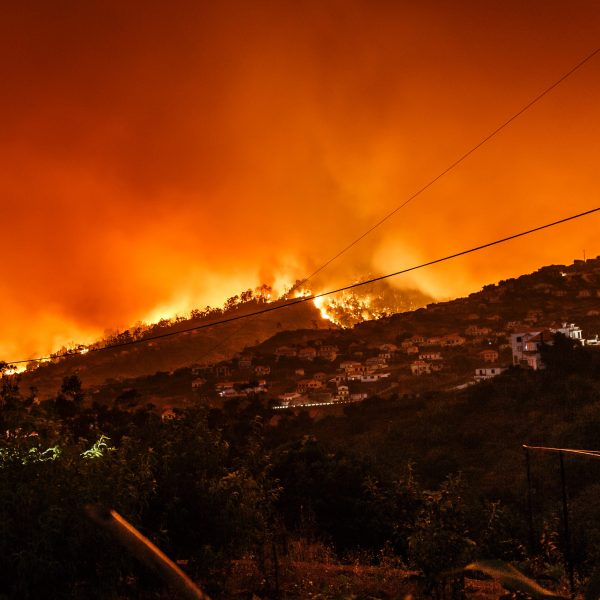Preparation for bushfire season – is your ECEC service ready?

While thus far Australia has avoided a catastrophic summer of fires as seen in the 2019/20 summer season, it remains important for early childhood education and care (ECEC) services to be aware of the risk posed by fire, especially those services which are in bushfire prone areas.
The South Australian Department of Education has issued the following tips for the public schools, preschools and kindergartens are in bushfire prone areas.
Every public school and preschool in a bushfire prone area has a bushfire risk rating based on the potential for exposure to ember attack, radiant heat or direct flame in the event of a bushfire emergency.
The risk rating indicates whether the site needs to have a bushfire response plan. The bushfire response plan explains what will happen if there’s a bushfire emergency nearby and identifies the building or location in which staff and students will take shelter if needed.
Schools and preschools that have been categorised as ‘high bushfire risk’ will close if the CFS declares a catastrophic fire danger rating for their district.
If there’s a closure it means that no services will be offered, including OSHC and vacation care, so families need to arrange for care on that day. Bus services that run through catastrophic rated districts will also be cancelled.
The site might also be directed to close if there’s an upgraded bushfire risk on the day.
Transport services may also be varied, cancelled or delayed if there is a likelihood they will be affected by bushfire activity.
ACTION:
- Check if your site has a ‘high bushfire risk’ rating at the Department for Education’s website
- If the site is in a high risk category, familiarise yourself with its emergency communication and child collection procedures
- Make a plan on who will supervise and / or collect children if there’s an emergency or a site closure
Know how your site communicates in an emergency
Each school or preschool will notify families of an impending closure on the evening before a catastrophic bushfire day.
This might be via text message, email, telephone or an app such as SkoolBag.
Where possible, parents will be kept up to date on any live emergency situation.
Remember that communications networks can be damaged by the bushfire, so it may not be possible for the site to communicate what is happening throughout the day.
During an active bushfire emergency, school and preschool staff should prioritise the safety and welfare of children. It is important that these activities are not affected by incoming phone calls and messages from parents and caregivers.
The department liaises directly with emergency services and sites, so during a live emergency parents can contact the Emergency Information Hotline on 1800 000 279 for up-to-date information.
ACTION:
- Make sure you know and can access the communication methods your site uses in emergencies
- Make sure the site always has the most up to date contact details for families
Know what to do in a live bushfire emergency
If there’s a bushfire emergency nearby, schools and preschools will move everyone to a designated bushfire shelter and remain there until the fire front has passed.
When children are in the bushfire shelter, they are accounted for and supervised. This is the safest place for them to be at that moment. If there is a requirement for staff and students to be evacuated, it will be directed and managed by emergency services personnel.
Travelling to the school or preschool to collect children could place families and children at risk during an active bushfire emergency. There may be reduced visibility on roads from smoke, along with road closures in place that happen while on route. Bushfires can be unpredictable and fast moving. Families may not be able to out-run or avoid the fire in your vehicle.
Parents should consider whether it is safe to travel to and from the site and, if children are collected, whether the family has a safer place to go. Adding to the traffic on the road also has the potential to impact the ability of emergency vehicles to access the area and provide assistance.
It is important in these circumstances for families to always follow the advice of emergency service personnel and to listen to the instructions and information from the school or preschool.
More information about bushfire safety may be found here.
Popular

Workforce
Policy
Quality
Practice
Provider
Research
ECEC must change now, our children can’t wait for another inquiry
2025-07-02 07:47:14
by Fiona Alston

Practice
Provider
Quality
Workforce
Leading with Curiosity: How distributed leadership is redefining the future of early childhood education
2025-07-03 07:42:07
by Contributed Content

Events News
Workforce
Marketplace
Practice
Quality
Provider
Research
An exclusive “Fireside Chat” with ECEC Champion Myra Geddes
2025-07-01 11:25:05
by Fiona Alston












